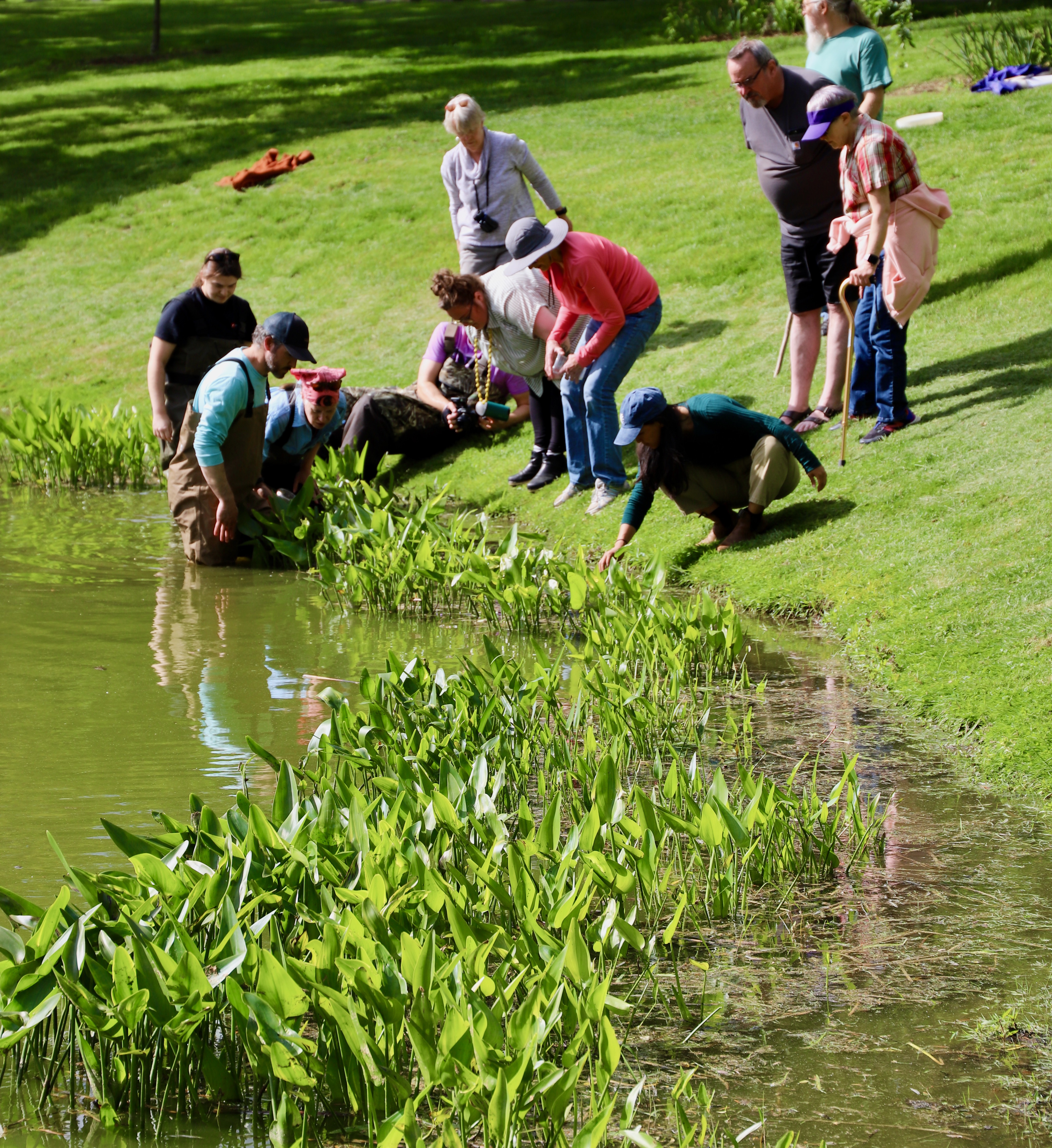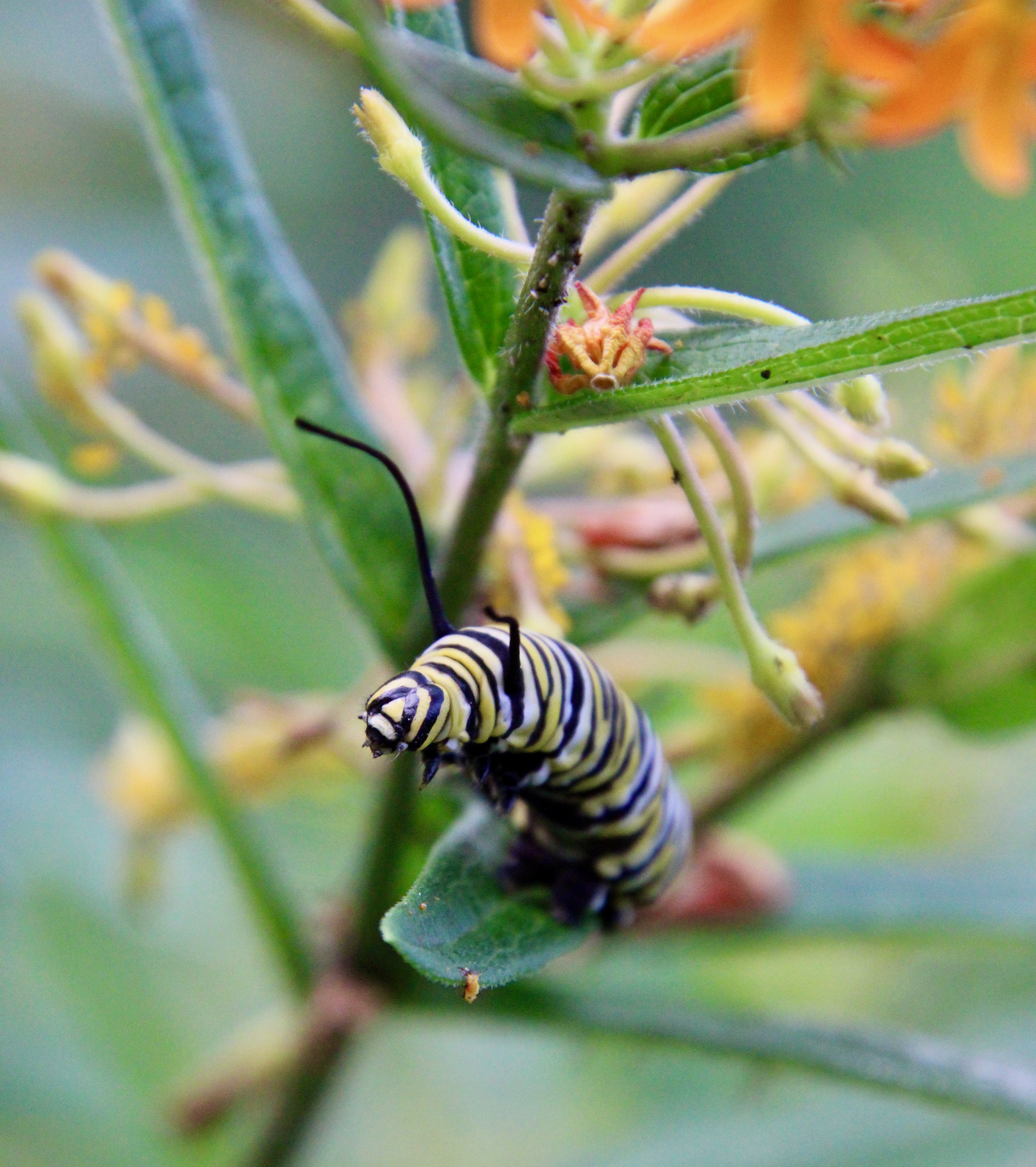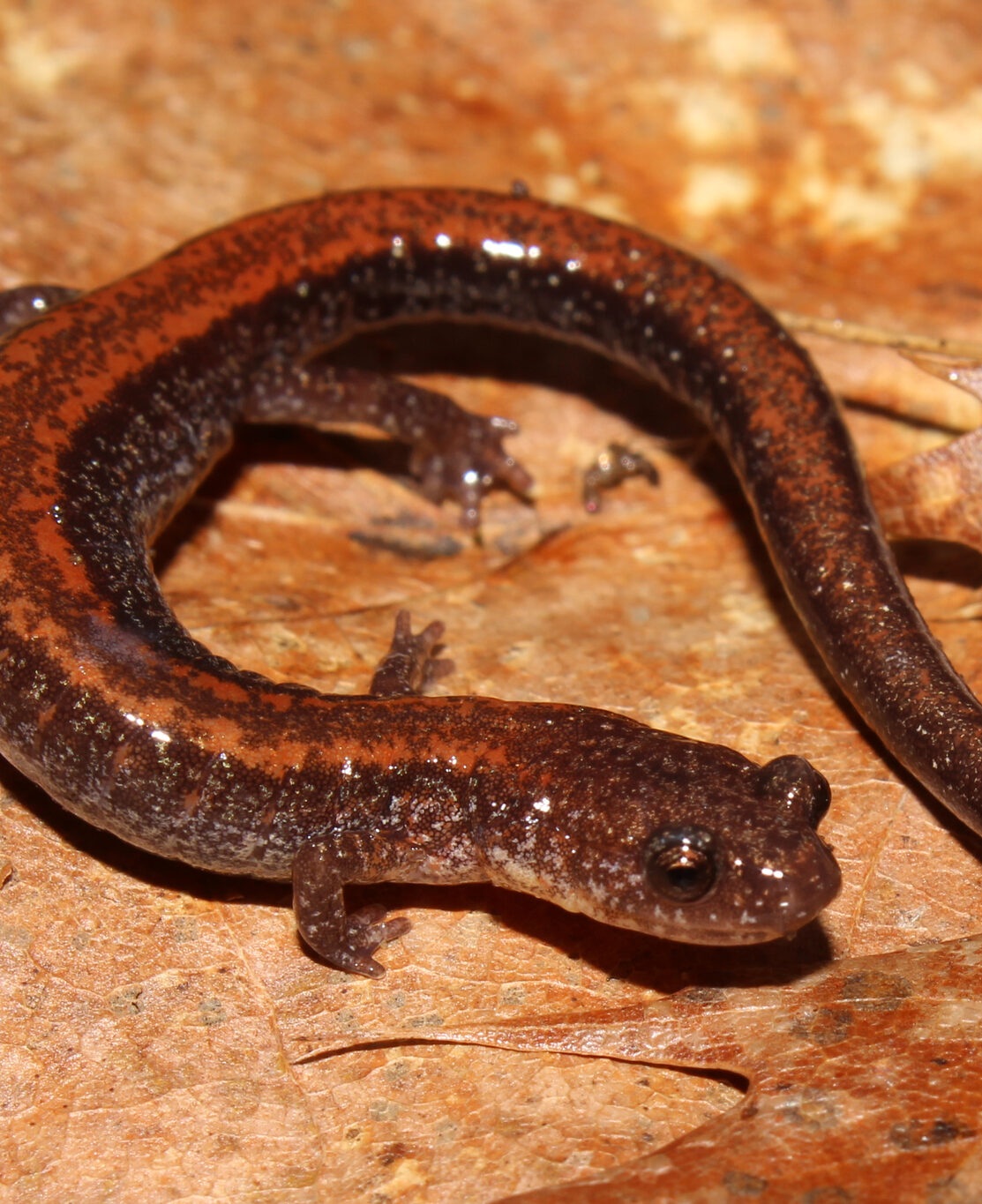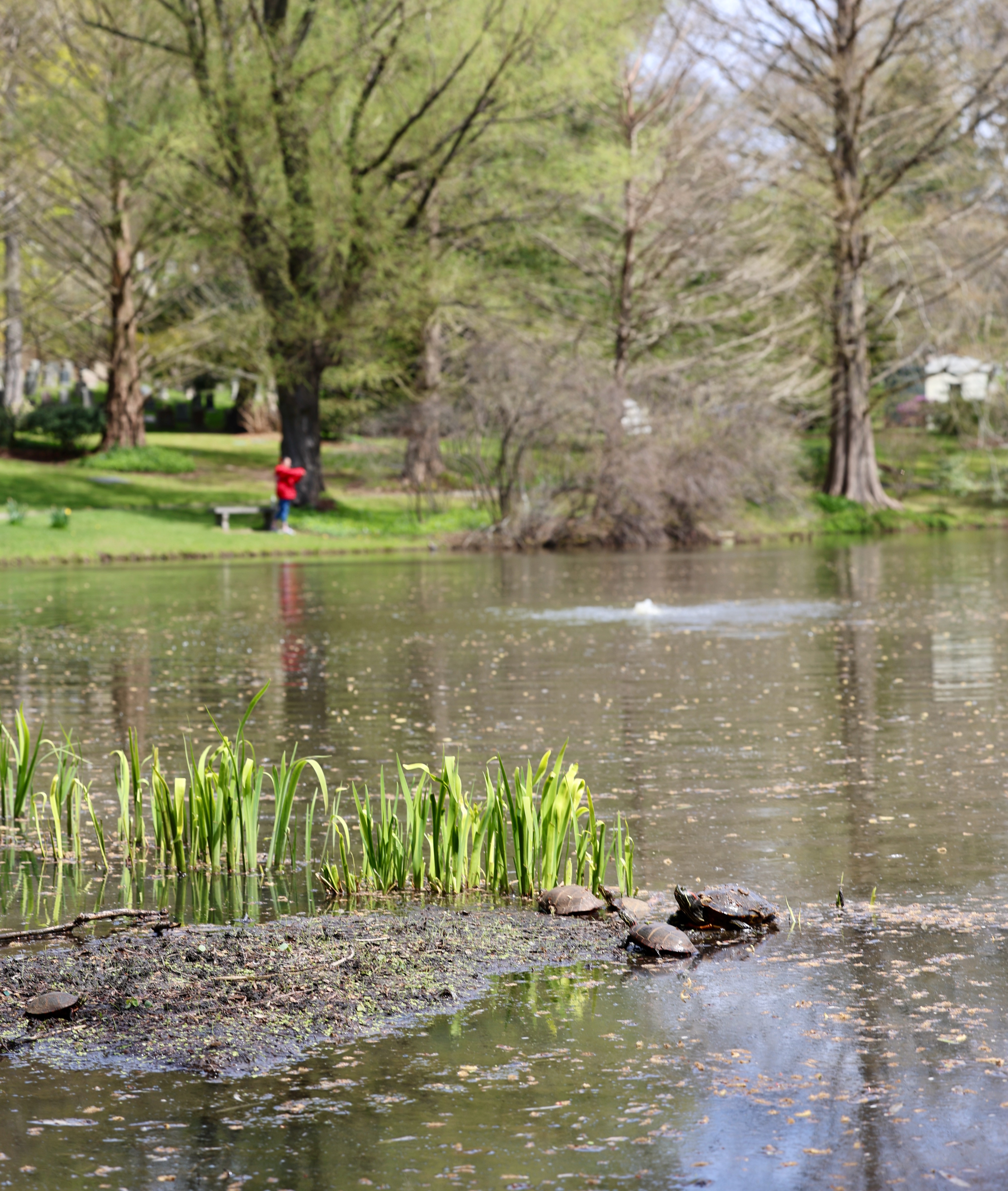Urban Ecology at Mount Auburn

Wildlife Action Plan
Given the increasing urbanization of much of North America, models for successful urban wildlife refuges are desperately needed. Wildlife refuges in proximate to densely settled towns and cities are of particular importance as places where people can learn about and actively participate in conservation projects within their own communities. In 2014 Mount Auburn convened a variety of experts–landscape architects, wildlife experts, and conservationists–to both evaluate Mount Auburn’s previously completed habitat improvement projects and to identify future initiatives that would further the Cemetery’s goals of creating a more healthy and balanced ecosystem.
Resulting from this collaborative effort is Mount Auburn’s Wildlife Action Plan. This “mini master plan” has identified broad initiatives that further Mount Auburn’s commitment to protect and enhance wildlife habitat within its 175 acres and to more actively engage the public in its ongoing efforts.
The Wildlife Action Plan was created in collaboration with:
Grassroots Wildlife Conservation
Massachusetts Audubon Society
New England Environmental, Inc.
Larry Weaner Design Associations
Pat Cullina Horticultural Design
Joe Martinez, Ed.D.
Brooks Mathewson, M.F.S.
Halvorson Design Partnership
Funding for the Wildlife Action Plan was provided in part by the
A. J. and M. D. RUGGIERO MEMORIAL TRUST.
Citizen Science Naturalist Program
At Mount Auburn, our citizen science program invites community members to become active participants in conservation. Through our Phenology Study, volunteers document seasonal changes in our diverse plant life—tracking the emergence of leaves, flowers, and insects that support a wide array of migratory and resident birds. Expanding this effort, our Microclimate Study empowers citizen scientists to measure temperature, humidity, and other key weather conditions across the Cemetery. Together, these initiatives not only deepen our understanding of local ecological dynamics and the impacts of climate disruption, but also help shape future conservation strategies for our urban wildlife refuge.

Our program provides classroom trainings led by local experts that will introduce beginners to flora and fauna and provide a deeper dive for more experienced nature enthusiasts. Participants will learn about field research protocols and conservation techniques that will prepare them to become capable biodiversity research assistants to support a number of projects on the grounds of Mount Auburn Cemetery.
Citizen Science Naturalist Program Past Field Projects

Adult Dragonfly Survey (2024)
Citizen scientists visited Halcyon Lake, Auburn Lake, Willow Pond Consecration Dell vernal pool, and the Asa Gray fountain to document and (photograph if possible) dragon and damselflies that were present at each location.

Monach Larva Monitoring Program (2022)
Citizen scientists visited milkweed sites on the grounds 1x weekly to document ground temperature, Monarch larva presence and abundance, instar stages, and adult Monarch presence and abundance.

Winter Bird Survey (2021)
Citizen scientists visited 6 bird feeders on the grounds 1x week for timed observations of birds at or below feeders, as well as birds seen or heard nearby.

Breeding Bird Survey (2019)
Citizen scientists walked 1x week throughout the breeding season to visit each observation point on the grounds. A map of nest sites on the grounds was created through recorded observations.

Pollinator Visitation Survey (2018)
Citizen scientists visited selected garden sites on the grounds 1x month to take photographs of insects visiting flowers along defined (and timed) transect routes.

Urban Bat Activity Survey (2017)
Solar-powered, stationary and mobile acoustic bat detectors were utilized to record bat calls in transect areas on the grounds. Mist nets were erected periodically to capture, inspect, and release live specimens. Citizen Scientists walked the transects 1x week on evenings from May to October.

Tree & Shrub Phenology Study (2016)
Citizen scientists walked 1x week on all three sections of the Phenology Trail (red, green, and blue) throughout the spring and fall data collection sessions.






